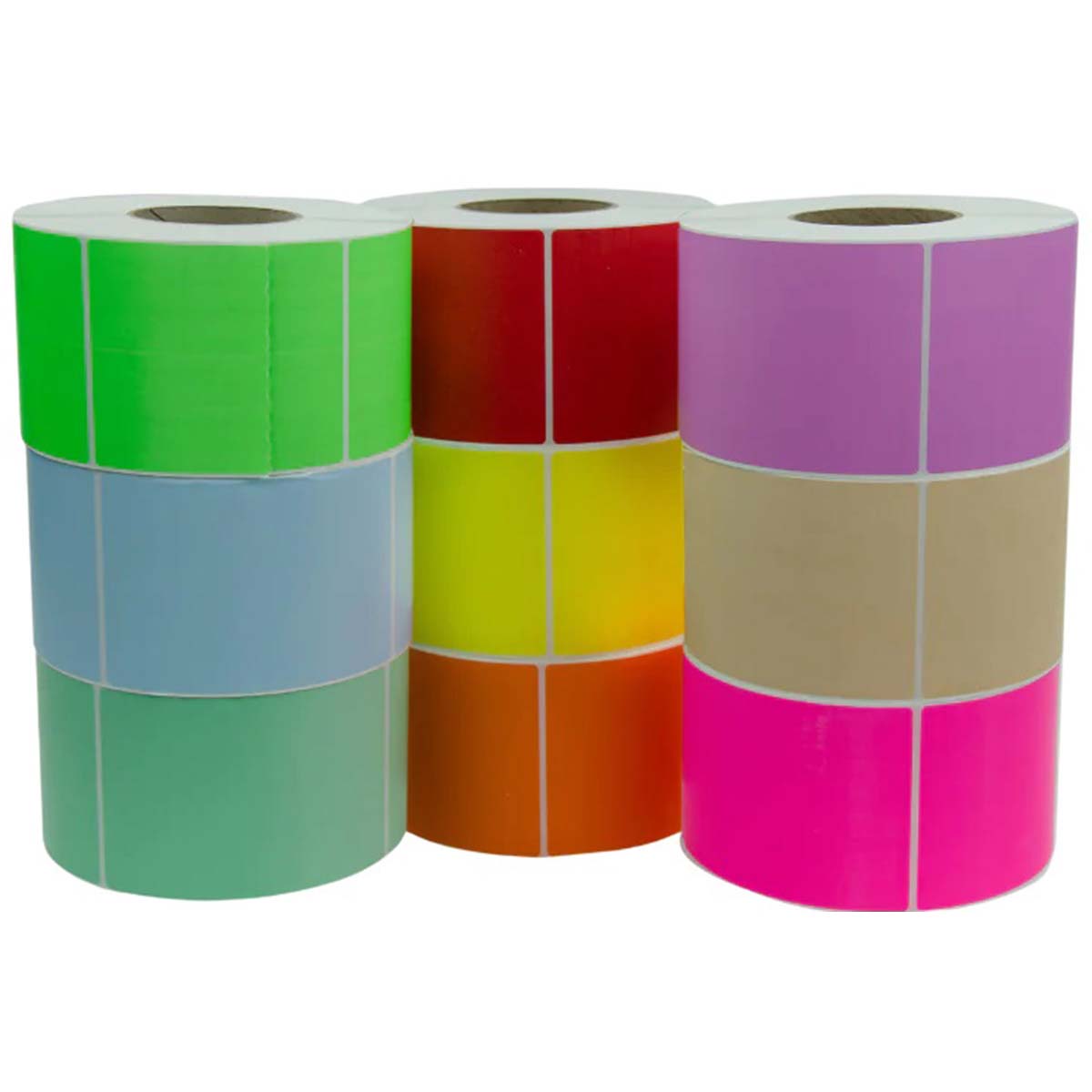Are you in search of a reliable printing solution for labels that can withstand harsh environments and provide long-lasting results? Look no further – the thermal transfer labels for printer is the answer. In this article, we will delve into the world of thermal transfer labels for printers, exploring their benefits, working principle, applications, and key considerations when choosing one for your business.
In a world where labels play a crucial role in product identification, tracking, and information dissemination, having a printing solution that ensures durability and clarity is essential. This is where the thermal transfer label for printer shines. Unlike traditional inkjet printers, thermal transfer label printers utilize a unique printing method that offers remarkable advantages.
How Does a Thermal Transfer Label Printer Work?
Benefits of Using Thermal Transfer Label Printers
- Durability: Thermal transfer labels are highly resistant to fading, smudging, and environmental factors, making them ideal for items that will be exposed to challenging conditions.
- Versatility: These printers can work with a wide range of label materials, including paper, polyester, and polypropylene, providing flexibility for various applications.
- Longevity: Labels created with thermal transfer printers have a longer lifespan, ensuring that important information remains readable throughout the product's lifecycle.
- High-Quality Output: The precise control over heat and ink transfer results in sharp and clear images, text, and barcodes.
Applications Across Industries
Thermal transfer label printers find applications in diverse industries:
- Manufacturing: Product labeling, packaging, and tracking.
- Healthcare: Patient wristbands, medication labels, and laboratory sample identification.
- Retail: Barcode labels, price tags, and inventory management.
- Logistics: Shipping labels, tracking codes, and warehouse organization.

Key Features to Look for in a Thermal Transfer Label Printer
- Resolution: Higher DPI (dots per inch) ensures sharper images and text.
- Connectivity: USB, Ethernet, or wireless options for seamless integration.
- Label Width and Length: Compatibility with your required label sizes.
- Speed: Consider the printing speed for efficient operations.
Factors to Consider When Choosing the Right Printer
- Volume: Choose a printer that meets your daily label production needs.
- Budget: Balance features and cost to find the right fit.
- Print Quality: Ensure the printer produces consistent and clear results.
- Compatibility: Check compatibility with label materials and software.
Maintenance and Troubleshooting Tips
- Cleaning: Regularly clean the printhead and interior to maintain print quality.
- Inspecting Components: Check for worn-out parts and replace them promptly.
- Addressing Jams: Follow the printer's manual to resolve paper and ribbon jams.
- Software Updates: Keep printer drivers and software up to date.
Comparing Thermal Transfer and Direct Thermal Printing
Choosing the Right Labels and Ribbons
- Label Material: Select materials that match your product's environment.
- Ribbon Type: Wax, wax-resin, or resin ribbons based on durability needs.
Cost-Effectiveness and Long-Term Savings
Environmental Considerations
Future Trends in Label Printing Technology
- Increased Connectivity: Integration with IoT and cloud-based systems.
- Enhanced Materials: Labels for extreme conditions and sustainability.
- Smarter Printing: AI-driven automation for optimized efficiency.
Innovative Uses of Thermal Transfer Labels
- Anti-Counterfeiting: Secure labels with holograms and unique identifiers.
- Smart Packaging: Labels with NFC technology for interactive consumer experiences.
FAQs (Frequently Asked Questions)
- Can thermal transfer labels withstand outdoor conditions? Yes, thermal transfer labels are designed to endure outdoor exposure, resisting fading and moisture.
- What label sizes are compatible with these printers? Thermal transfer printers accommodate various label sizes, from small barcodes to larger shipping labels.
- Are thermal transfer printers complex to set up? Not at all. Most modern thermal transfer printers come with user-friendly setup guides for easy installation.
- Can I use the same ribbon for different label materials? It's recommended to choose ribbons based on the label material for optimal print quality and durability.
- Is thermal transfer printing suitable for intricate barcode printing? Absolutely. Thermal transfer printers excel at producing high-quality and precise barcodes.
For those seeking a reliable label printing solution that combines durability, clarity, and versatility, the thermal transfer label printer is the answer. With its ability to produce long-lasting labels that withstand challenging conditions, this technology proves its value across industries.
In conclusion, the thermal transfer label printer offers a robust solution for all your label printing needs. Its ability to produce high-quality, durable labels makes it an essential tool for businesses in various sectors. Whether you're looking to improve your product labeling, enhance inventory management, or streamline your logistics operations, a thermal transfer label printer could be the key to unlocking efficiency and effectiveness.














